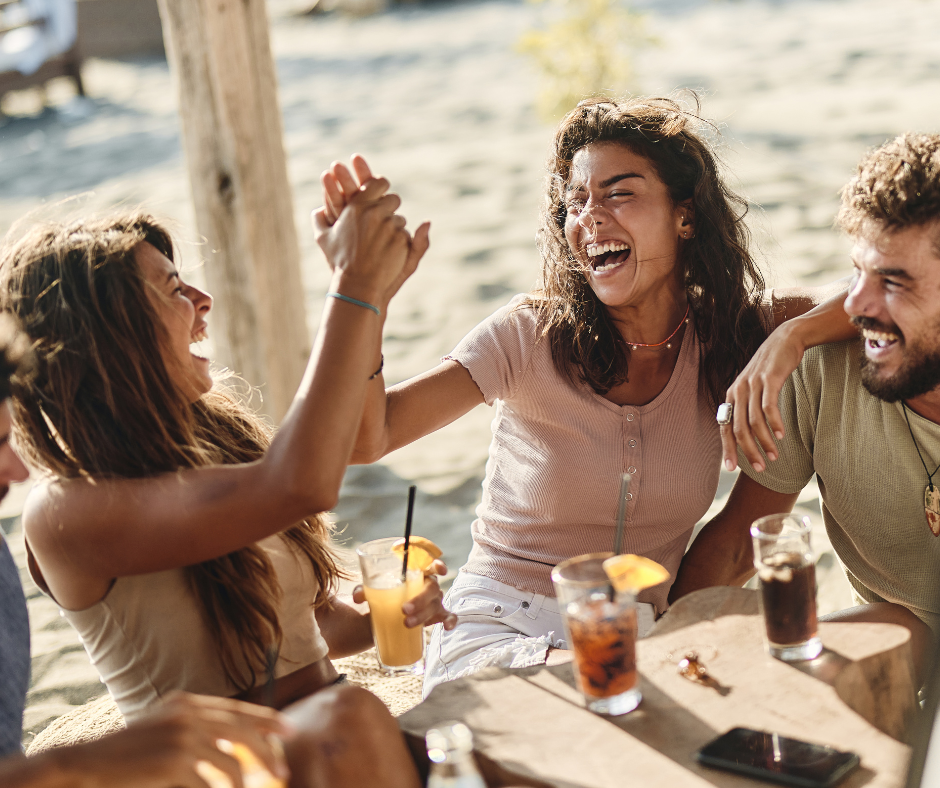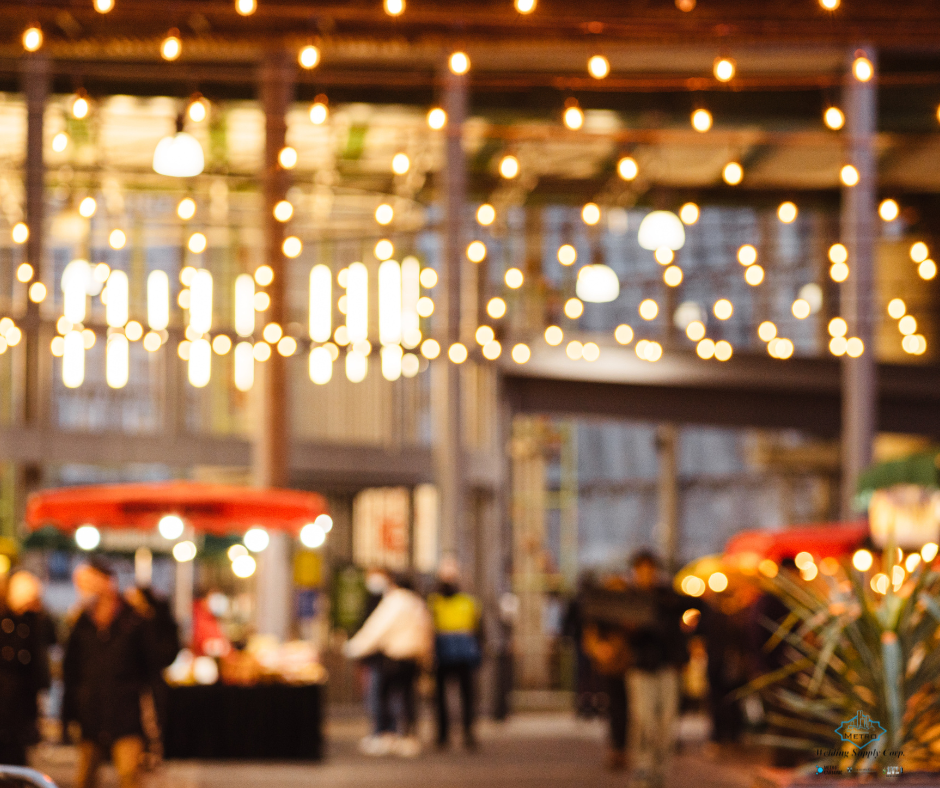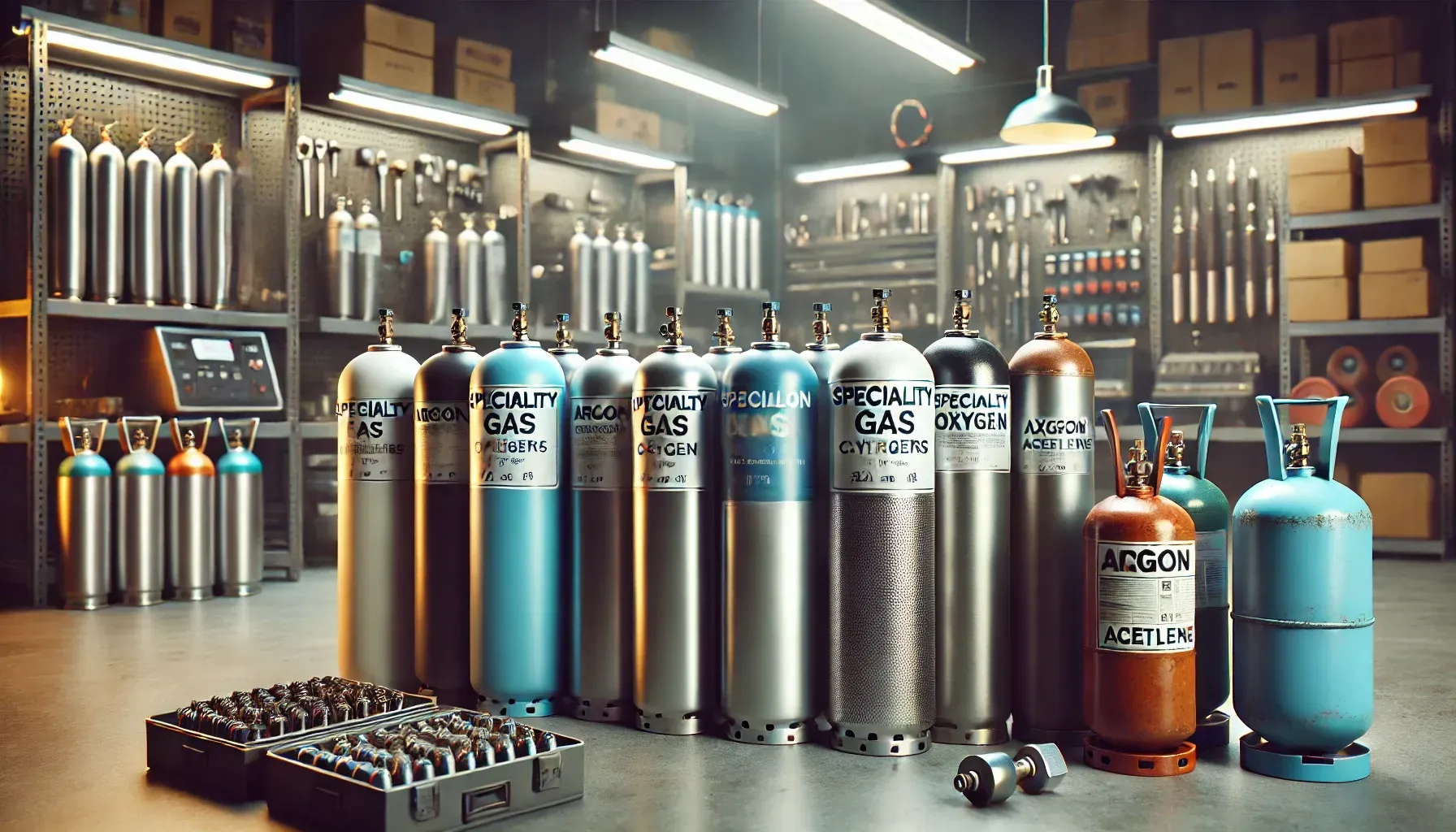Understanding Liquid Oxygen (LOx) Tanks: A Comprehensive Guide
Introduction to Liquid Oxygen (LOx) Tanks

When we think of oxygen, the first thing that often comes to mind is the air we breathe. But did you know that oxygen also plays a crucial role in various industries, from healthcare to aerospace? In its liquid form, oxygen is not just vital for life but also for numerous applications across different sectors. This guide will walk you through everything you need to know about Liquid Oxygen (LOx) Tanks, from their design and function to their practical uses and safety considerations.
What Is Liquid Oxygen (LOx)?
Liquid Oxygen, often referred to as LOx, is simply oxygen that has been cooled to a point where it becomes a pale blue liquid. This form of oxygen is highly concentrated and more efficient for storage and transport than its gaseous counterpart. But why is it important, and how is it stored?
Why Use Liquid Oxygen?
- Higher Density: One of the primary reasons for using LOx is its high density compared to gaseous oxygen. This allows for storing large quantities of oxygen in a relatively small space.
- Efficiency in Transport: Because it's in liquid form, LOx can be transported more efficiently over long distances.
- Critical for High-Demand Applications: Many industries require a large, continuous supply of oxygen, making LOx tanks an ideal solution.
How Is Liquid Oxygen Produced?
Producing liquid oxygen involves a process known as cryogenic distillation. In this process, air is cooled to extremely low temperatures until it liquefies. The components of air (mainly nitrogen and oxygen) are then separated, with oxygen being further cooled and stored in liquid form.
How Do Liquid Oxygen (LOx) Tanks Work?
LOx tanks are designed to store liquid oxygen safely and efficiently. These tanks maintain the oxygen at extremely low temperatures, preventing it from returning to its gaseous state. The tanks are insulated to minimize heat transfer and often feature double walls, with a vacuum between them to provide additional insulation.
Components of a Liquid Oxygen Tank
- Inner Vessel: Holds the liquid oxygen.
- Outer Shell: Provides additional insulation and structural integrity.
- Vacuum Insulation: Reduces heat transfer, helping to keep the oxygen in its liquid form.
- Pressure Relief Valves: Ensure the tank does not exceed safe pressure levels.
- Fill Port: Where the tank is filled with liquid oxygen.
Different Types of Liquid Oxygen Tanks
Liquid oxygen tanks come in various sizes and designs, depending on their intended use:
- Small Portable Tanks: Used in healthcare settings for patients requiring oxygen therapy.
- Medium-Sized Tanks: Common in industrial settings for processes like welding.
- Large Cryogenic Tanks: Found in large-scale industries, such as steel manufacturing and aerospace.
Applications of Liquid Oxygen (LOx) Tanks
LOx tanks are used across a variety of industries, each with unique requirements:
- Healthcare: In hospitals, LOx tanks supply oxygen for respiratory therapy.
- Aerospace: Used as an oxidizer in rocket propulsion systems.
- Manufacturing: Essential for processes like metal cutting and welding.
- Environmental: Supports water treatment and other environmental processes.
Healthcare Applications of LOx Tanks
In healthcare, liquid oxygen is crucial for patients who need oxygen therapy. Portable LOx tanks allow patients to receive oxygen while maintaining mobility, which is particularly important for those with chronic respiratory conditions.
Aerospace Applications of LOx Tanks
In the aerospace industry, liquid oxygen is used as a powerful oxidizer in rocket engines. When combined with fuels like liquid hydrogen, it produces the high-energy reactions needed for propulsion.
Industrial Applications of LOx Tanks
LOx is vital in industrial processes, particularly in steel manufacturing, where it supports high-temperature combustion necessary for refining metals. It's also used in welding, where the oxygen supports the combustion of fuels to achieve the high temperatures required.
Environmental Applications of LOx Tanks
Liquid oxygen is also employed in environmental applications, such as water treatment, where it helps maintain proper oxygen levels in water bodies, promoting aquatic life and breaking down pollutants.
Safety Considerations for LOx Tanks
Storing and handling liquid oxygen requires strict safety protocols due to its cryogenic nature and high reactivity. Here are some key safety tips:
- Proper Insulation: Ensure that tanks are adequately insulated to prevent rapid temperature changes.
- Ventilation: LOx tanks should be stored in well-ventilated areas to prevent the accumulation of oxygen, which can create a fire hazard.
- Protective Gear: Handling LOx requires specialized protective equipment to shield skin from frostbite and other injuries.
- Regular Maintenance: Regular checks and maintenance of tanks and valves are critical to ensure safe operation.
How to Maintain a Liquid Oxygen Tank
Maintaining a LOx tank involves regular inspections and servicing:
- Check for Leaks: Regularly inspect tanks and piping for any signs of leaks.
- Pressure Monitoring: Keep an eye on pressure gauges to ensure they are within safe limits.
- Valve Inspection: Ensure that all valves are functioning correctly to prevent accidental releases.
Advantages of Using LOx Tanks
- Space Efficiency: Store large amounts of oxygen in a compact form.
- Ease of Transport: Easier to transport over long distances compared to gaseous oxygen.
- High Purity: LOx is highly pure, making it ideal for sensitive applications.
Challenges and Risks Associated with LOx Tanks
While LOx tanks offer many benefits, they also come with challenges:
- Cryogenic Risks: The extremely low temperatures can cause severe injury if not handled properly.
- Fire Hazard: High oxygen concentrations can significantly increase the risk of fire.
- Complex Handling: Requires specialized training to handle and maintain safely.
Choosing the Right Liquid Oxygen Tank
When selecting a LOx tank, consider the following factors:
- Capacity Requirements: How much oxygen do you need to store?
- Application: What will the oxygen be used for?
- Space Availability: How much room do you have for the tank?
- Mobility Needs: Do you require a portable or stationary tank?
| Feature | Liquid Oxygen (LOx) Tank | Gaseous Oxygen Cylinder | Oxygen Generator |
|---|---|---|---|
| Storage Capacity | High | Moderate | Continuous |
| Ease of Transport | Moderate | High | Low |
| Cost Efficiency | High (long-term) | Moderate | High (initial) |
| Safety | Requires strict protocols | Standard safety measures | Requires maintenance |
| Maintenance | Moderate | Low | High |
Innovations in Liquid Oxygen Storage
Recent innovations in LOx storage focus on improving efficiency and safety:
- Advanced Insulation Materials: New materials are being developed to enhance insulation and reduce the energy required to maintain low temperatures.
- Smart Monitoring Systems: IoT-enabled systems that allow for real-time monitoring of tank conditions and automated alerts.
- Lightweight Tank Designs: Research into lightweight materials is making it possible to create portable LOx tanks that are easier to transport.
Environmental Impact of Liquid Oxygen Storage
LOx storage can have both positive and negative environmental impacts:
- Positive Impact: Supports environmental processes like wastewater treatment and pollution control.
- Negative Impact: Improper handling or accidents can lead to environmental contamination.
Future Trends in Liquid Oxygen Technology
The future of LOx technology looks promising, with several key trends emerging:
- Increased Use in Space Exploration: As space missions become more frequent, LOx will continue to be a critical component of rocket propulsion systems.
- More Sustainable Practices: Efforts are underway to make LOx production and storage more energy-efficient and environmentally friendly.
- Expanded Healthcare Applications: LOx technology is expected to play an even more significant role in healthcare, particularly in emergency and critical care settings.
Conclusion
Liquid Oxygen (LOx) Tanks are an essential technology with wide-ranging applications, from healthcare to industrial manufacturing and space exploration. Understanding how these tanks work, the benefits they offer, and the safety considerations involved is crucial for anyone involved in their use or maintenance. As technology advances, we can expect to see even more innovative solutions that make LOx storage safer, more efficient, and more environmentally friendly.
For over 80 years,
Metro Welding Supply Corp has been the trusted partner for businesses across Southeast Michigan, delivering high-quality welding supplies, specialty gases, and exceptional customer service. Whether you’re in construction, manufacturing, or healthcare, we have the products and expertise to meet your needs. Our team is committed to providing reliable solutions that keep your operations running smoothly. Contact us today at
313-834-1660 or via email at
sales@metrowelding.com to learn how we can support your business with the best in welding supplies and specialty gases.
What is the primary use of liquid oxygen tanks?
Liquid oxygen tanks are primarily used to store and transport oxygen in a highly concentrated form, making them ideal for healthcare, industrial, and aerospace applications.
How is liquid oxygen different from gaseous oxygen?
Liquid oxygen is oxygen that has been cooled to a liquid state, making it denser and more efficient to store and transport compared to gaseous oxygen.
What safety precautions should be taken when handling LOx tanks?
Proper insulation, ventilation, protective gear, and regular maintenance are critical safety measures when handling LOx tanks.
Can liquid oxygen tanks be used in residential settings?
Yes, small portable LOx tanks are commonly used in residential settings for patients who require oxygen therapy.
What innovations are improving liquid oxygen storage?
Innovations like advanced insulation materials, smart monitoring systems, and lightweight tank designs are making LOx storage more efficient and safer.
Ready to work with Metro Welding Supply Corp.?
Let's connect! We’re here to help.
Send us a message and we’ll be in touch.
Or give us a call today at 313-834-1660
Agency Contact Form
More Industry Tips, Tricks & Tools...
Industry Insights (i2)











